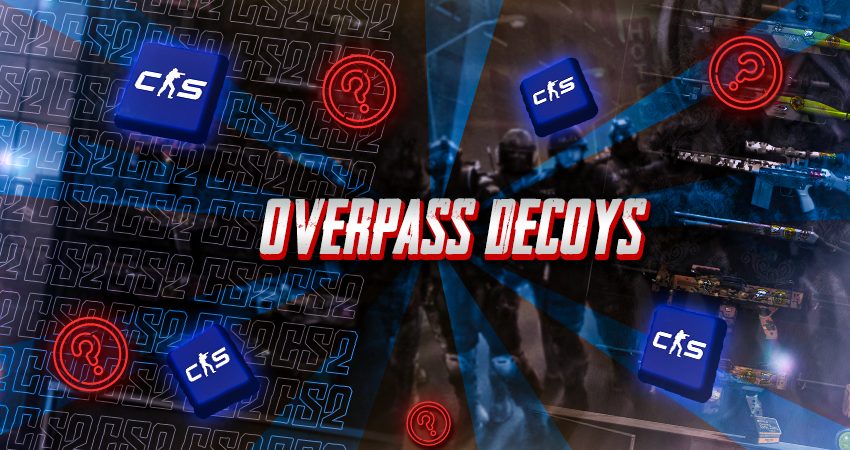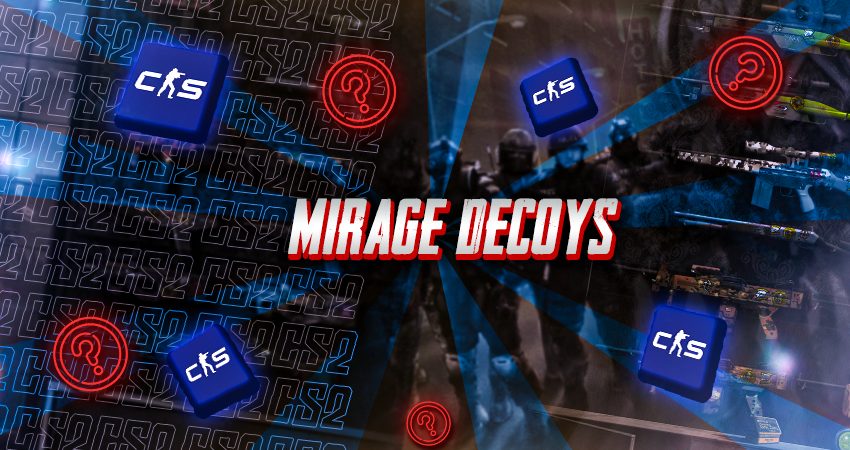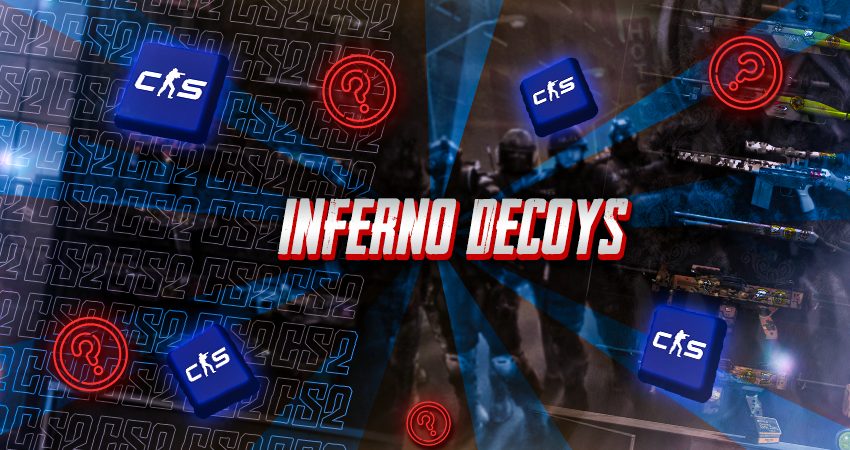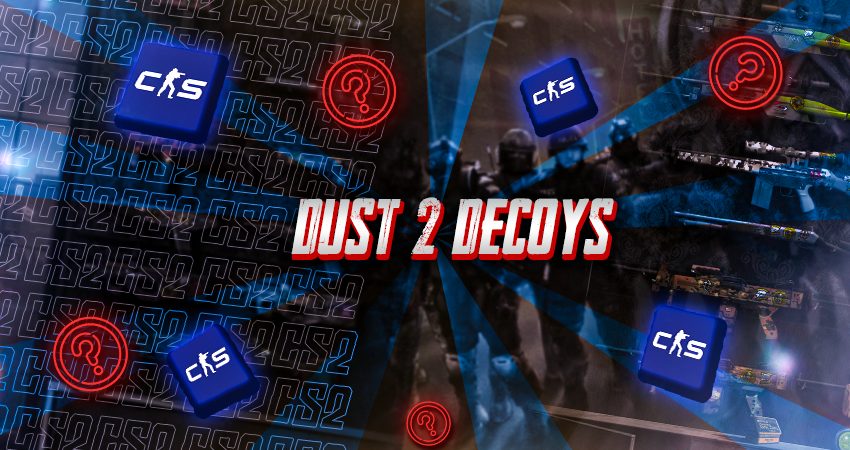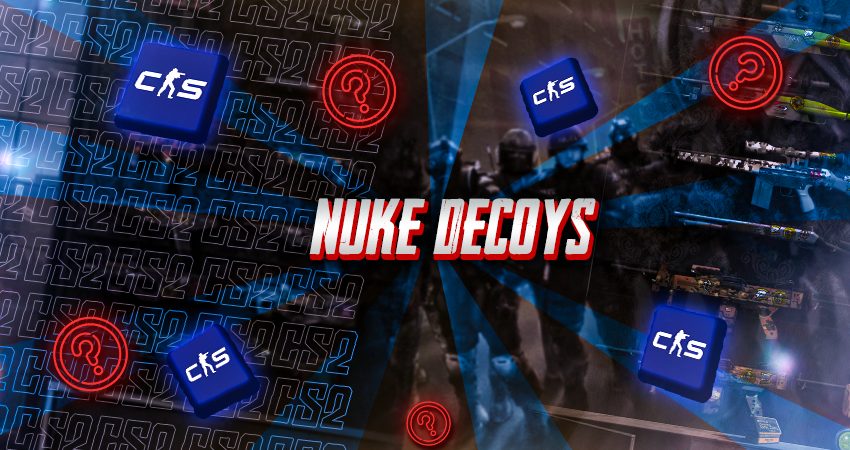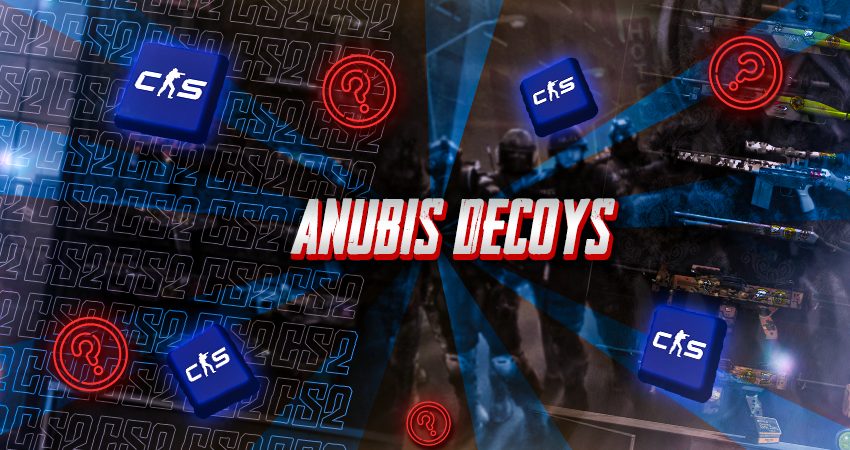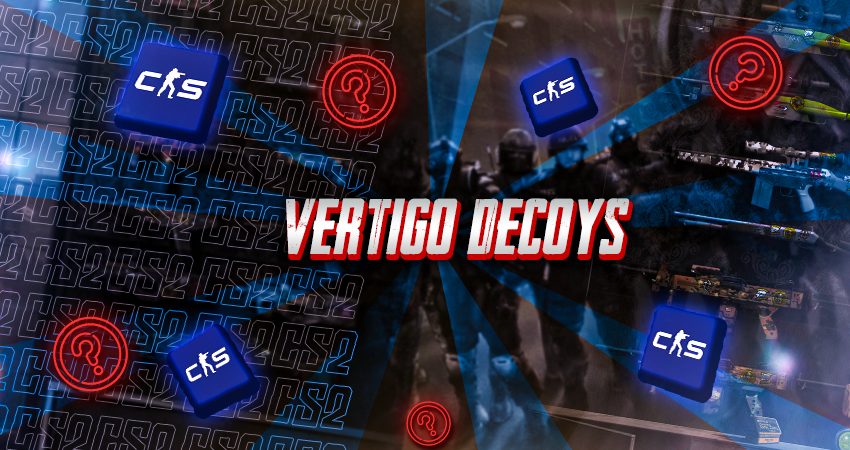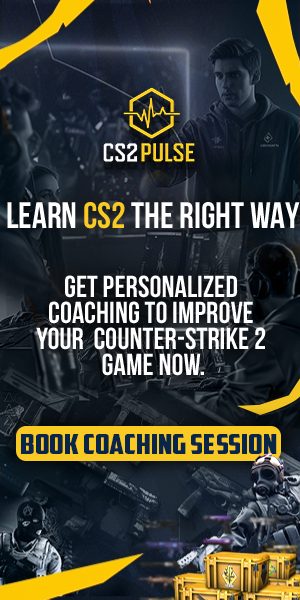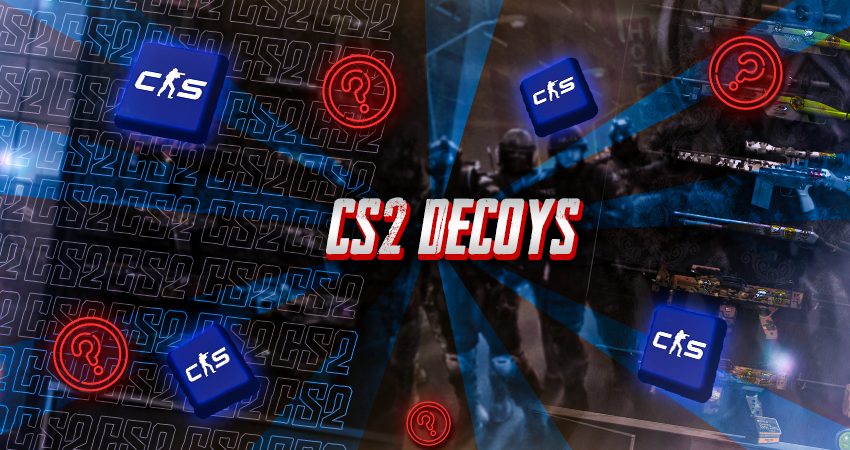
In the tactical gameplay of Counter-Strike 2, every piece of equipment has a purpose, and decoys are no exception. Often overlooked in favor of flashbangs or smokes, decoys hold untapped potential to disrupt opponents and influence rounds in subtle but impactful ways. This guide explores everything you need to know about decoys in CS2.
What Are Decoys in CS2 and What Are They Used For?
Decoys in CS2 create the sound of your equipped weapon when thrown, tricking enemies into thinking someone is firing from that spot. They last for 10 seconds and finish with a harmless explosion that can deal 1–5 HP damage on direct impact. Priced at $50, they are the most affordable utility in the game.

Here’s how you can use them:
- Fake Rush: Throw a decoy toward a bomb site to trick enemies into thinking your team is pushing that site. This can draw defenders away from the actual target, leaving it less protected
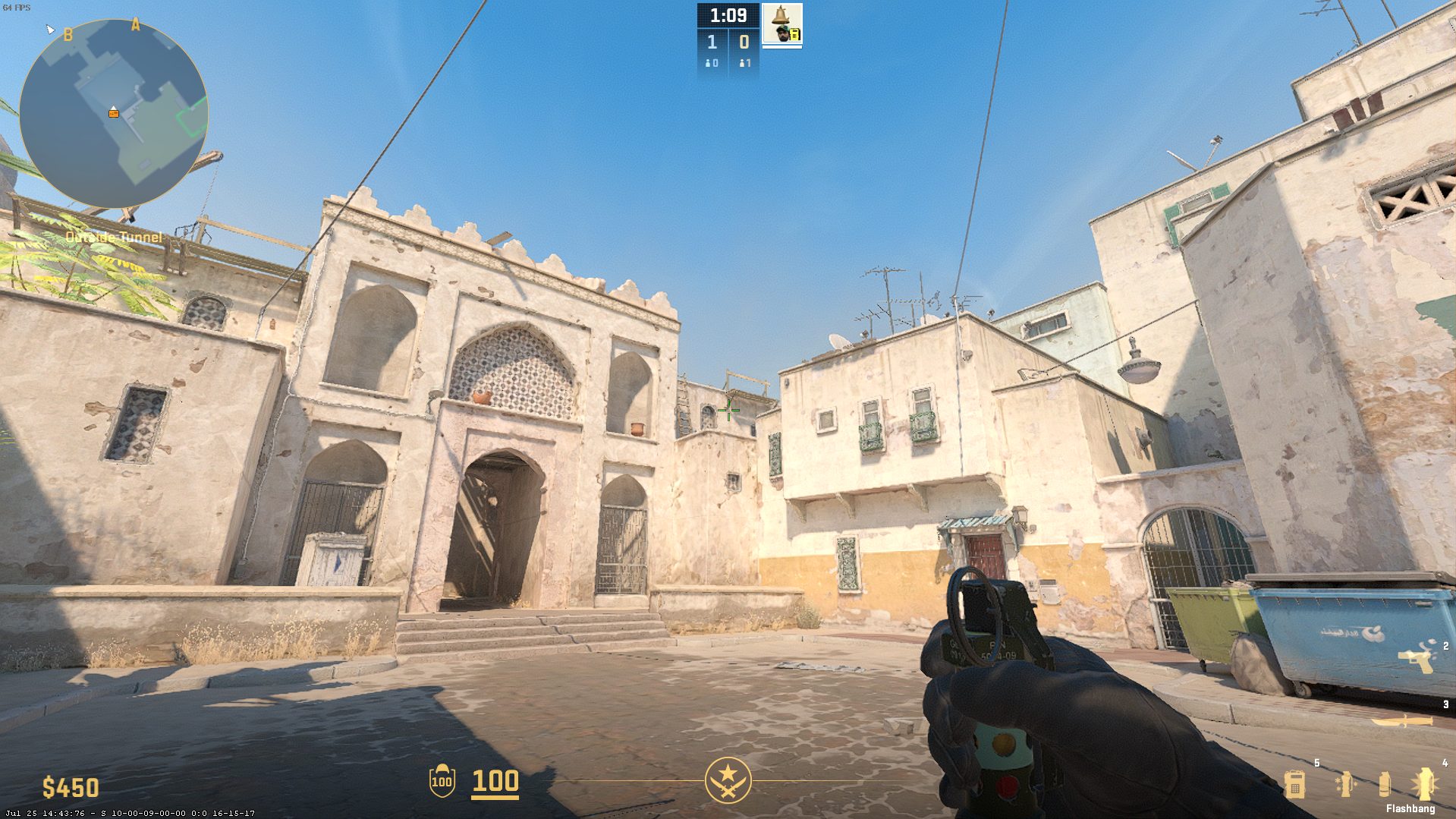
- Checking Corners: Use a decoy to flush out enemies hiding in corners. If they react with sound or movement, your team gains valuable information without direct risk.
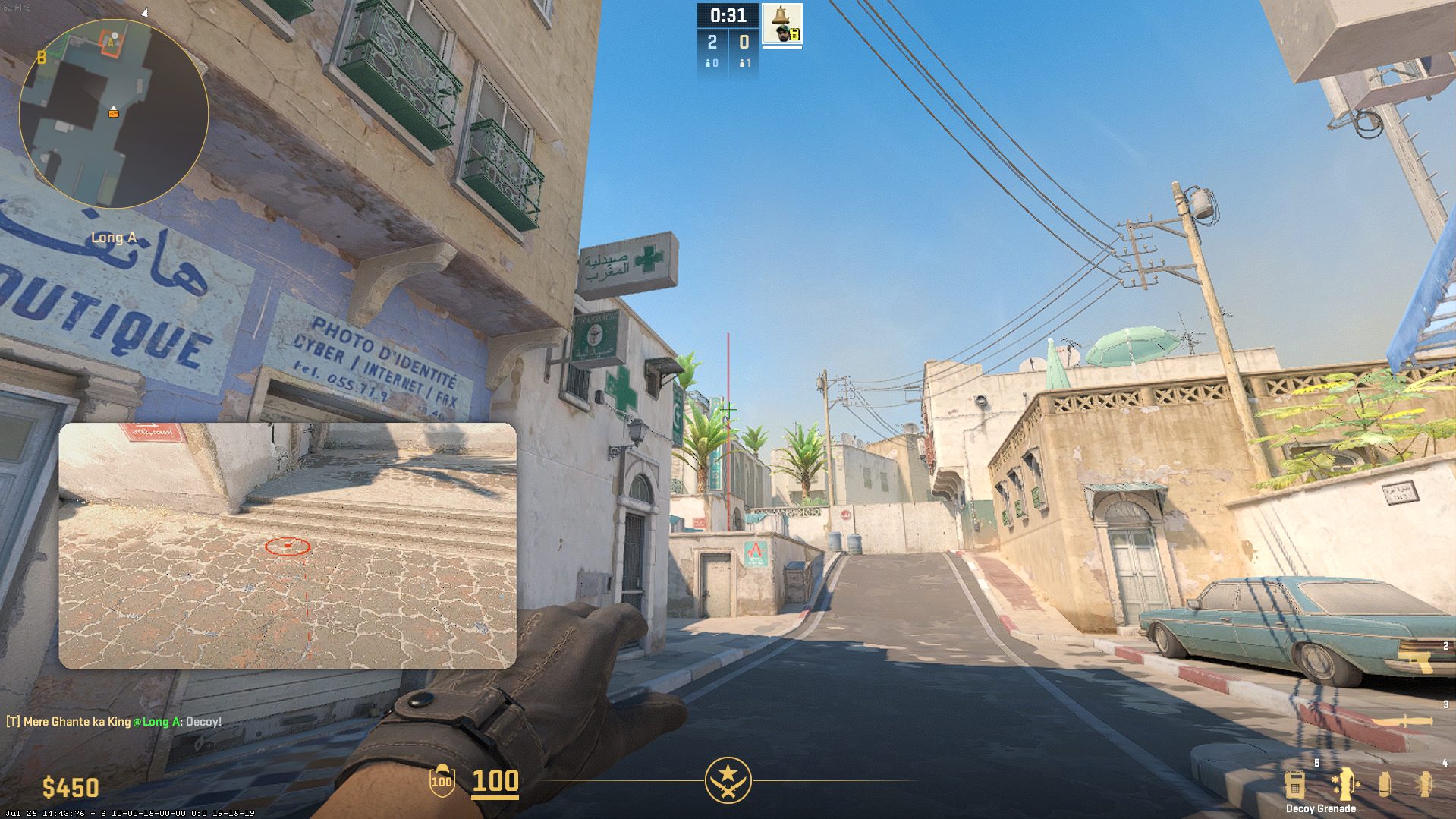
- Defending Bomb Sites: Throw a decoy to make it seem like more players are holding a position than there actually are. This can delay enemy pushes and buy time for rotations or reinforcements..
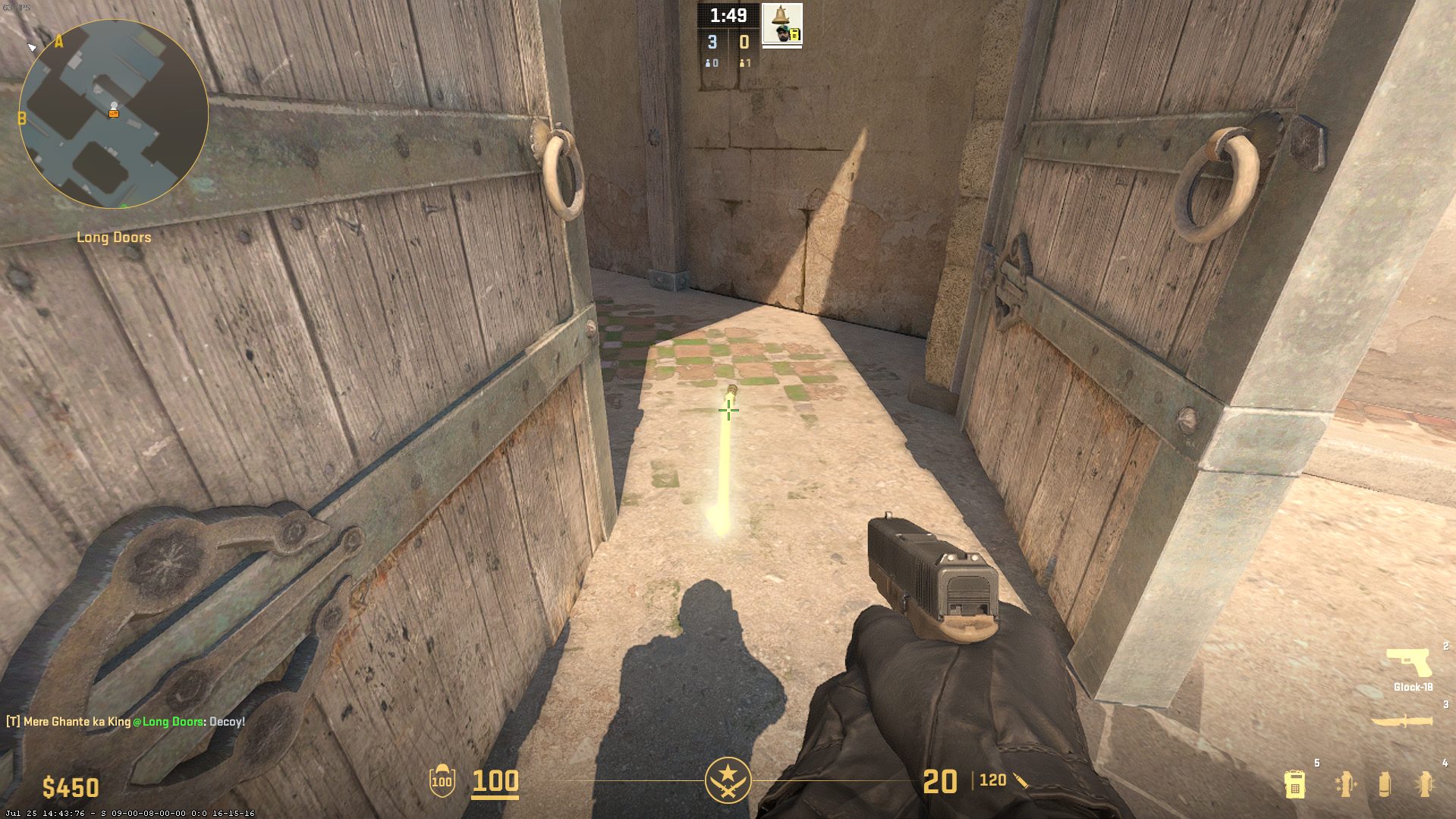
- Combining with Other Utility: Pair a decoy with a smoke or flash. For example, throw a decoy with a smoke to create the illusion of multiple players firing from that location, adding pressure on the enemy.

Decoys may seem simple, but when used wisely, they can give you a strategic advantage. Their small cost makes them a worthwhile addition to your gameplay
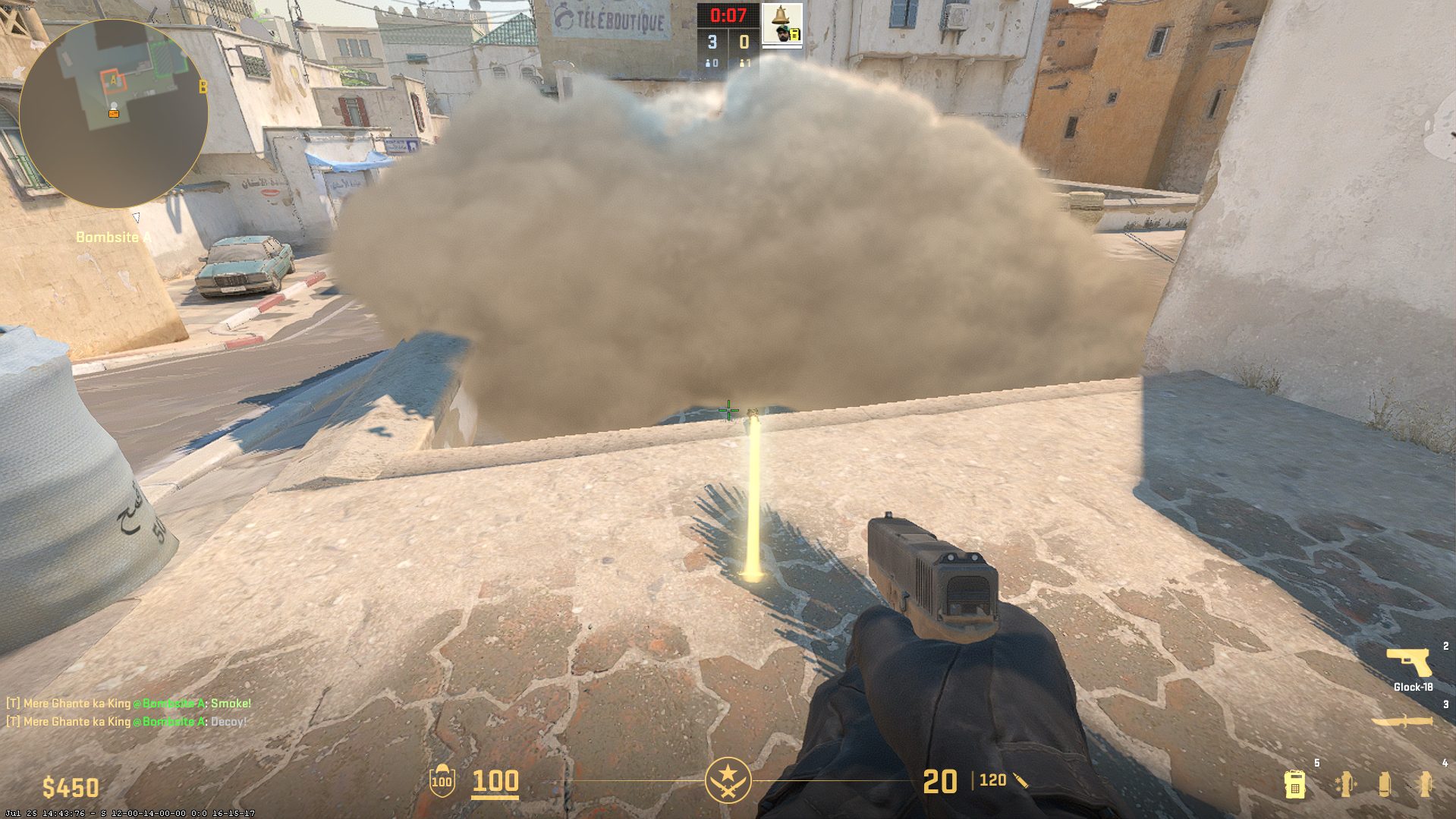
How Do Pros Use Decoys to Win Games?
You can learn a lot of skills and techniques from professional and veteran players of CS2 to win games. One of these skills is how they use decoys in innovative ways to completely baffle their enemies.

One such technique is the double fake. In high-stakes matches, a double fake can be incredibly effective. This involves throwing a decoy to simulate a push and then executing a real push on a different site. The initial decoy draws enemy rotations, and the second push takes advantage of the scattered defense.

Another interesting one is the bait and switch. In clutch situations, a decoy can be used to bait an enemy out of hiding. Throw the decoy in one direction, then quickly change your position. The enemy might reveal themselves by reacting to the sound, giving you the upper hand.

A simple yet underrated one is the post-plant deception. After planting the bomb, using a decoy can create the illusion that a teammate is holding a particular angle. This can mislead the enemy and buy precious time for the bomb to detonate.
Expert Take
“Decoys are one of the most underused grenades in CS2, but they have real potential when used correctly. Most players see them as a waste of $50, but a well-placed decoy can sell a fake, bait enemies into revealing their position, or buy crucial time in post-plant situations. The key is using them with intent- randomly throwing them won’t do much, but pairing a decoy with a well-timed smoke or flash can create just enough hesitation to give your team the edge. If you’re looking for easy ways to make enemies second-guess themselves, start working decoys into your game.” – Pawel ‘Biegan’ Bieganowski
How to Learn Using Decoys?
Understanding decoys is only half the battle; learning how to use them effectively takes practice. Here are some key tips to help you improve:
- Practice Range and Timing: Start by experimenting with the throw distance, speed, and bounce of decoys. Aim at different angles and observe how they behave on impact. This will help you gauge where and how to throw them for maximum impact during a match.
- Weapon Sound Considerations: Since decoys mimic the sound of your equipped weapon, choose your loadout wisely. For instance, mimicking an AWP shot can create more fear and confusion than an SMG, depending on the situation. Consider the enemy’s positioning and the weapon most likely to mislead them.
- Team Coordination: Decoys are most effective when combined with a coordinated plan. Inform your team about your decoy throws so they can take advantage of the distraction. Whether it’s rushing the opposite bomb site or catching enemies off-guard during a rotation, teamwork makes decoys far more valuable.
- Learn Map-Specific Spots: Spend time in practice matches to discover spots where decoys can create the most confusion. Focus on areas like choke points, common hiding spots, and high-traffic zones to maximize their effectiveness.
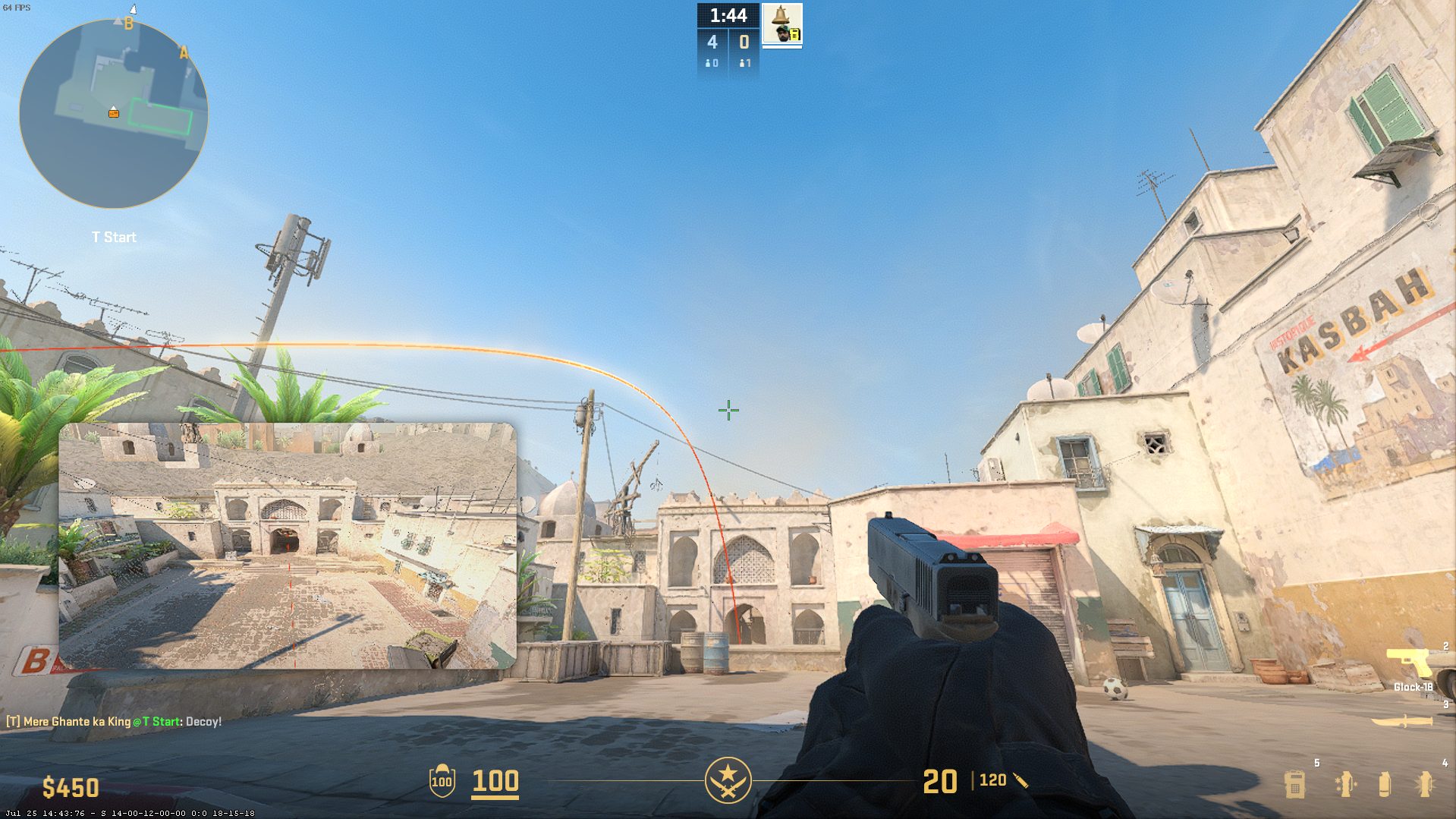
By incorporating these tactics into your gameplay, you can turn a seemingly simple utility into a powerful strategic tool. Each map in CS2 requires different tactics for decoys. Below, you’ll find detailed guides to learn the best decoy spots and strategies for every popular map.
Join Our CS2 Pro Course
Conclusion
The decoy is a highly underrated utility in CS2, often overlooked by many players. It can disrupt the enemy’s perception, create opportunities to take control of the map, and provide better positioning for your team. In a game like CS2, where strategy is just as important as aim, using decoys effectively can give you a serious edge over your opponents. So, the next time you’re in the buy menu, don’t dismiss the decoy—it might just be the tool that turns the game in your favor.
